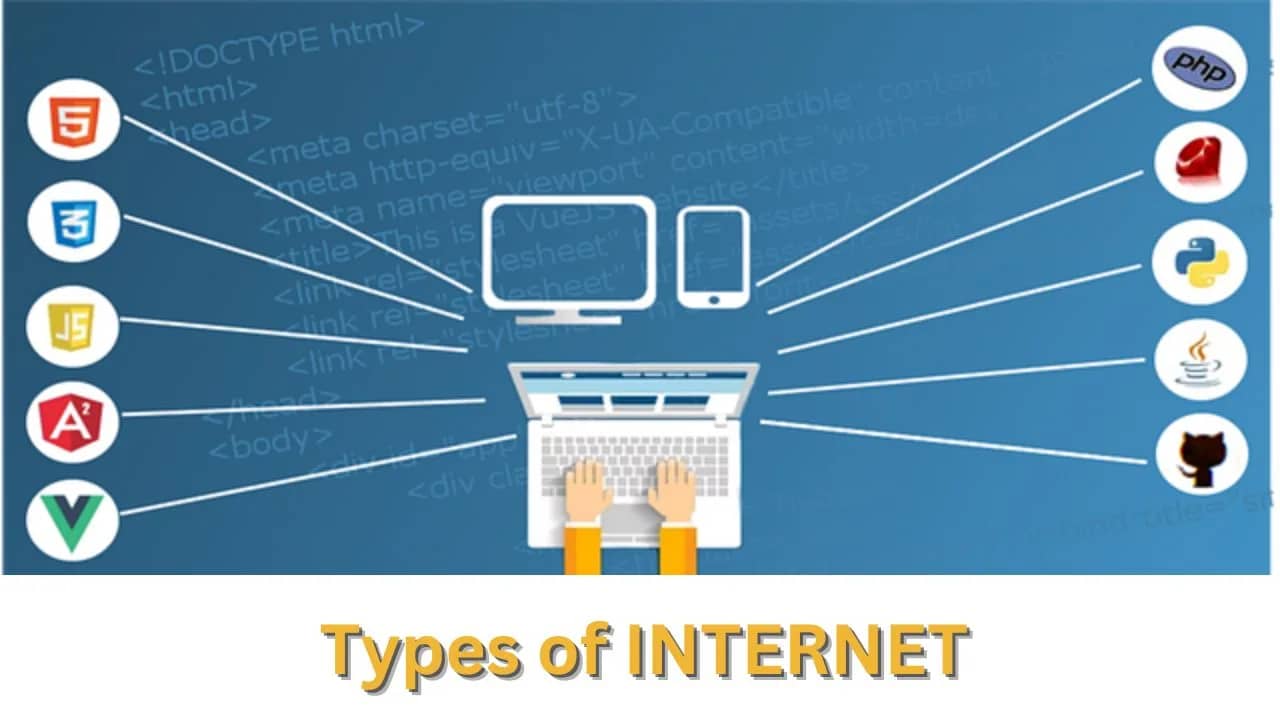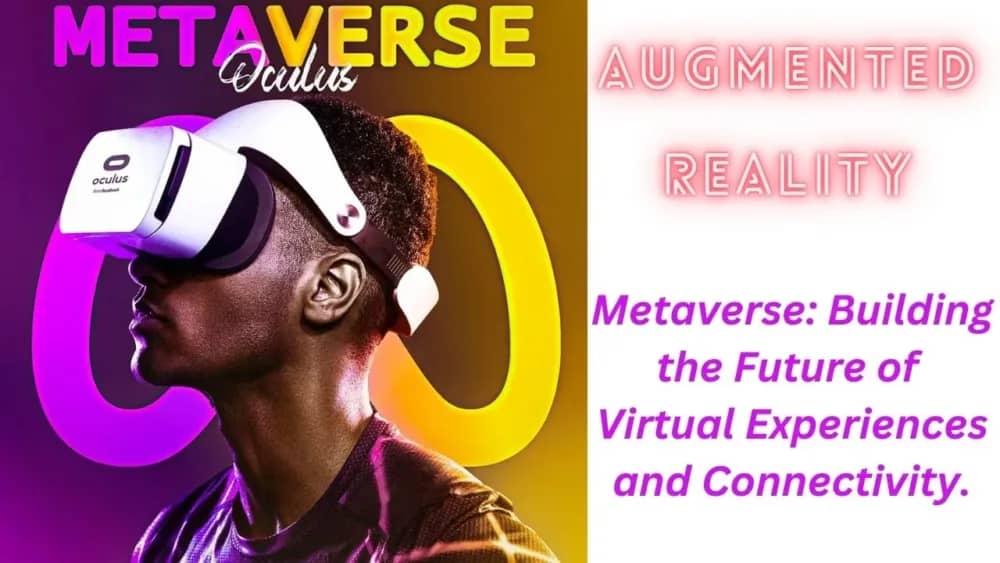Types of Internet of Things (IoT) and Their Impact on Modern Living
In this comprehensive article, we will explore the fascinating world of the Internet of Things (IoT) and its various types that are revolutionizing modern living. As technology continues to advance, IoT has emerged as one of the most transformative and influential innovations in recent times. From smart homes to connected cities, the applications of IoT are vast and far-reaching, making it a crucial topic of interest for individuals and businesses alike.
1. Internet of Things (IoT)-An overview
The Internet of Things, commonly known as IoT, refers to the network of interconnected devices, objects, and systems that have the ability to collect and exchange data without the need for direct human intervention. These smart devices communicate with each other over the internet, providing valuable data insights and enabling more efficient and intelligent decision-making processes.
2. Types of IoT Devices
2.1. Smart Home Devices
Smart home devices are a popular and rapidly growing category of IoT devices. These devices are designed to enhance convenience, security, and energy efficiency within the home environment. From smart thermostats that regulate temperature based on occupancy patterns to voice-activated assistants that control various appliances, the integration of smart home devices is transforming traditional houses into modern, connected living spaces.
2.2. Wearable Devices
Wearable IoT devices have gained significant traction in recent years due to their ability to collect valuable data about an individual’s health and activity levels. Smartwatches, fitness trackers, and other wearable gadgets continuously monitor vital signs, physical activities, and sleep patterns, empowering users to make informed decisions about their well-being.
2.3. Industrial IoT (IIoT)
Industrial IoT, also known as IIoT, is reshaping the manufacturing and industrial sectors by facilitating automation, predictive maintenance, and real-time monitoring of equipment and processes. The integration of sensors and data analytics in manufacturing plants and supply chains improves overall efficiency and reduces downtime, leading to cost savings and enhanced productivity.
2.4. Connected Vehicles
The automotive industry is undergoing a significant transformation with the advent of connected vehicles. IoT-enabled cars and trucks are equipped with advanced sensors and communication technologies that enable features like real-time navigation, remote diagnostics, and vehicle-to-vehicle communication. Connected vehicles promise safer, more efficient transportation and are a crucial step towards achieving smart and sustainable mobility solutions.
3. Impact of IoT on Modern Living
The proliferation of IoT devices has had a profound impact on various aspects of modern living. Let’s explore some of the most significant effects:
3.1. Enhanced Efficiency
One of the primary advantages of IoT is its ability to enhance efficiency in both personal and industrial settings. In homes, smart thermostats and lighting systems optimize energy usage, leading to reduced utility bills. Industries benefit from real-time monitoring, which helps identify bottlenecks and optimize processes for increased productivity.
3.2. Improved Healthcare
Wearable IoT devices and health monitoring systems have revolutionized healthcare. Individuals can now track their vital signs and share the data with healthcare professionals for remote monitoring and early diagnosis. Additionally, IoT-enabled medical equipment ensures better patient care and streamlined hospital operations.
3.3. Smarter Cities
The implementation of IoT in urban environments has given rise to the concept of smart cities. IoT technologies enable intelligent traffic management, waste management, and public services, making cities more sustainable, efficient, and livable.
3.4. Data-Driven Decision Making
The abundance of data generated by IoT devices allows for data-driven decision making. Businesses can analyze consumer behavior, product performance, and market trends to tailor their offerings and strategies accordingly.
4. Challenges and Considerations
While the Internet of Things offers immense potential, it also comes with its share of challenges and considerations. Security and privacy concerns remain at the forefront, as the interconnected nature of IoT devices creates potential vulnerabilities for data breaches and cyberattacks. Additionally, the compatibility and standardization of various IoT devices need to be addressed to ensure seamless communication and integration.
5. The Future of IoT
As technology continues to evolve, the Internet of Things is poised to become even more integrated into our daily lives. Advancements in artificial intelligence and data analytics will further enhance the capabilities of IoT devices, leading to a more interconnected and intelligent world.
In conclusion, the Internet of Things is a transformative force that is reshaping the way we live, work, and interact with the world around us. From smart homes to connected cities, the various types of IoT devices are revolutionizing industries and improving our overall quality of life. Embracing IoT technologies responsibly and addressing associated challenges will pave the way for a smarter, more connected future.




